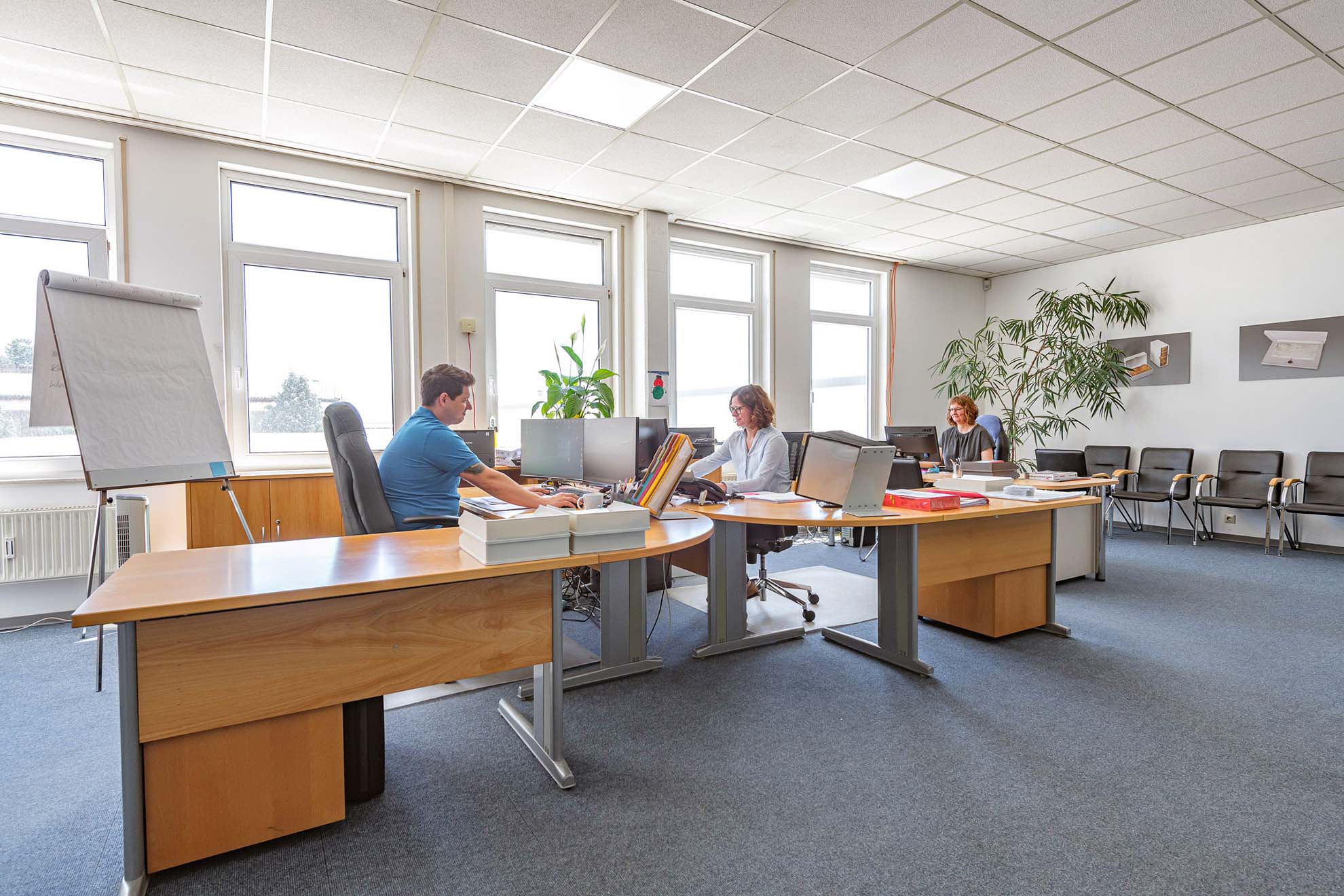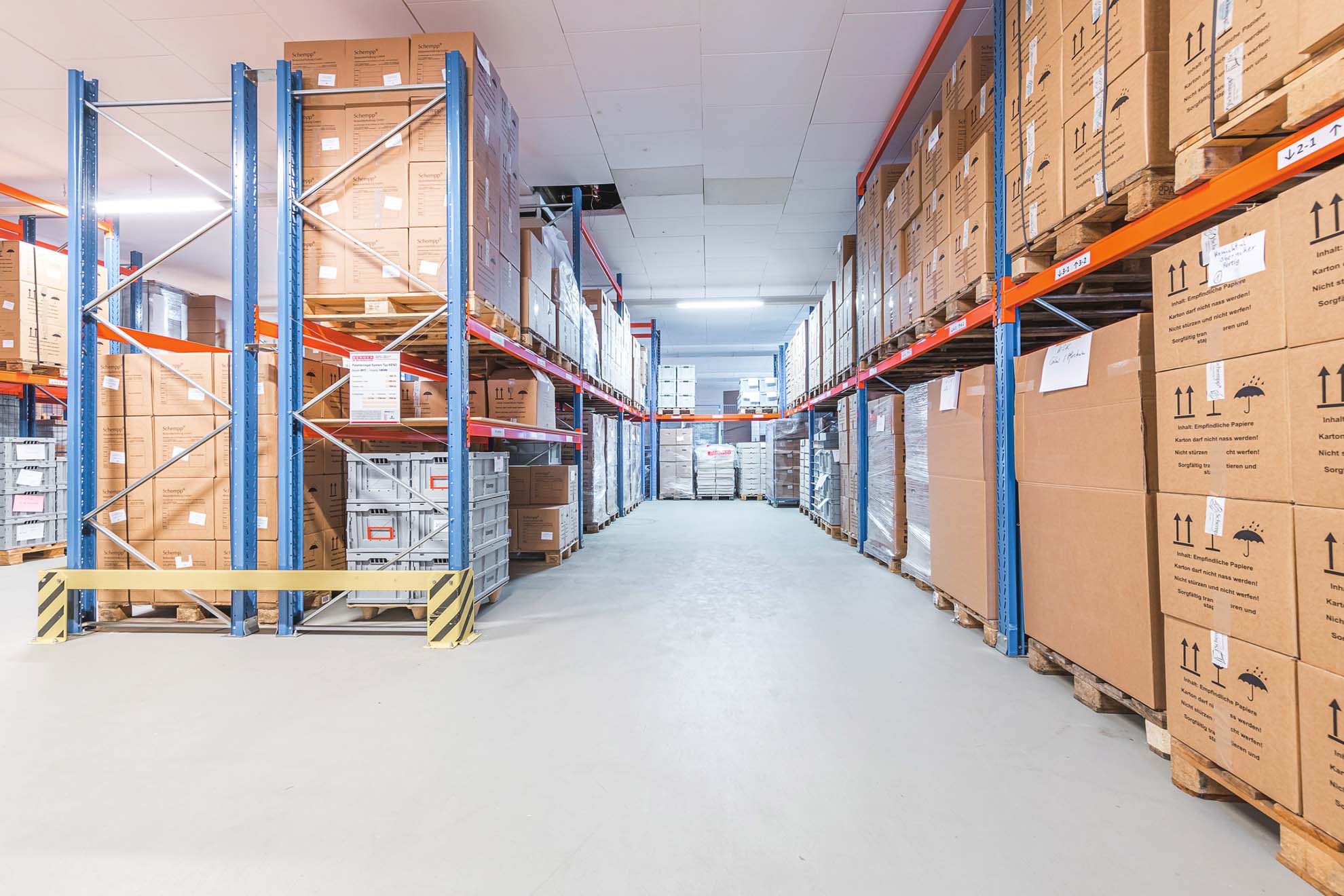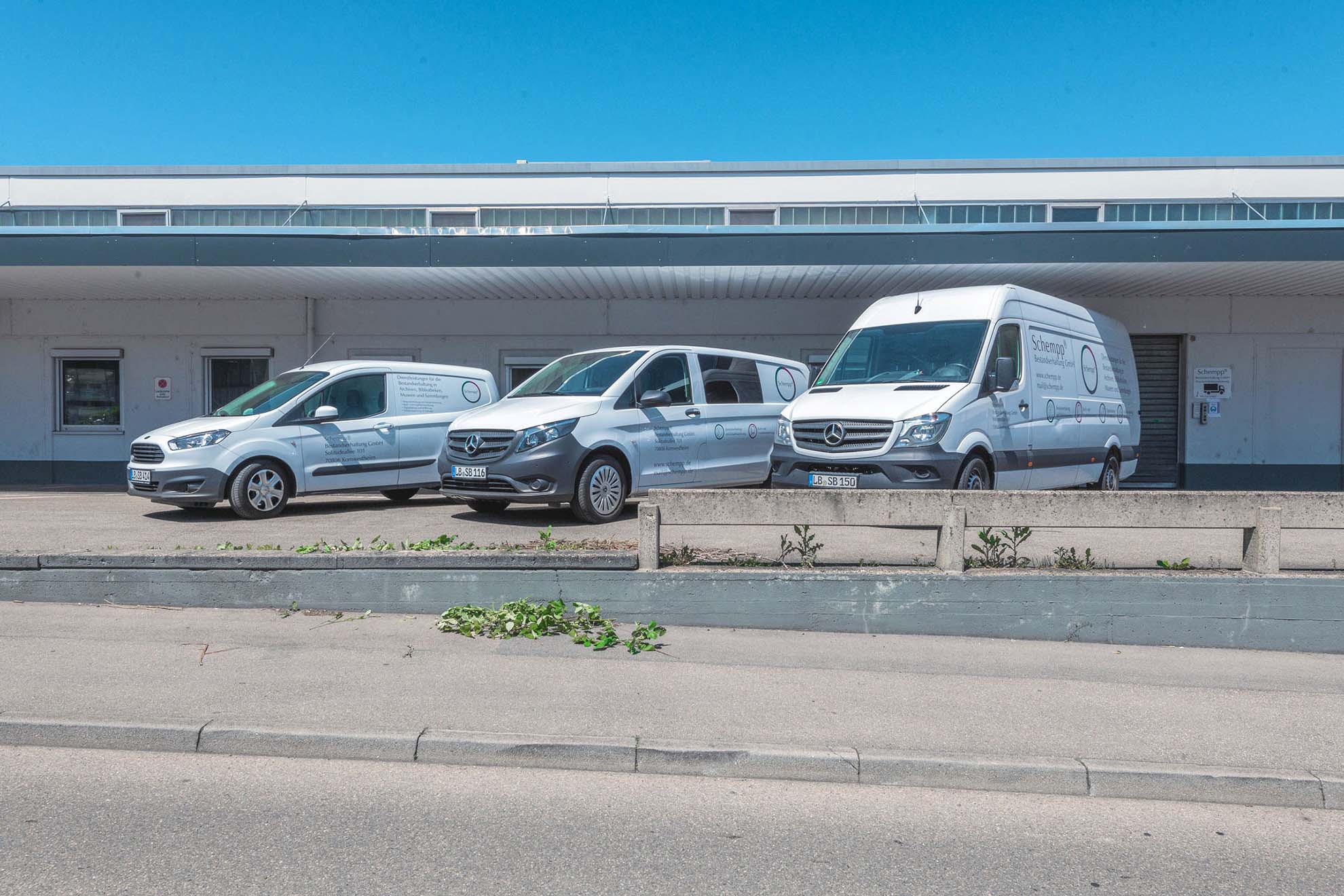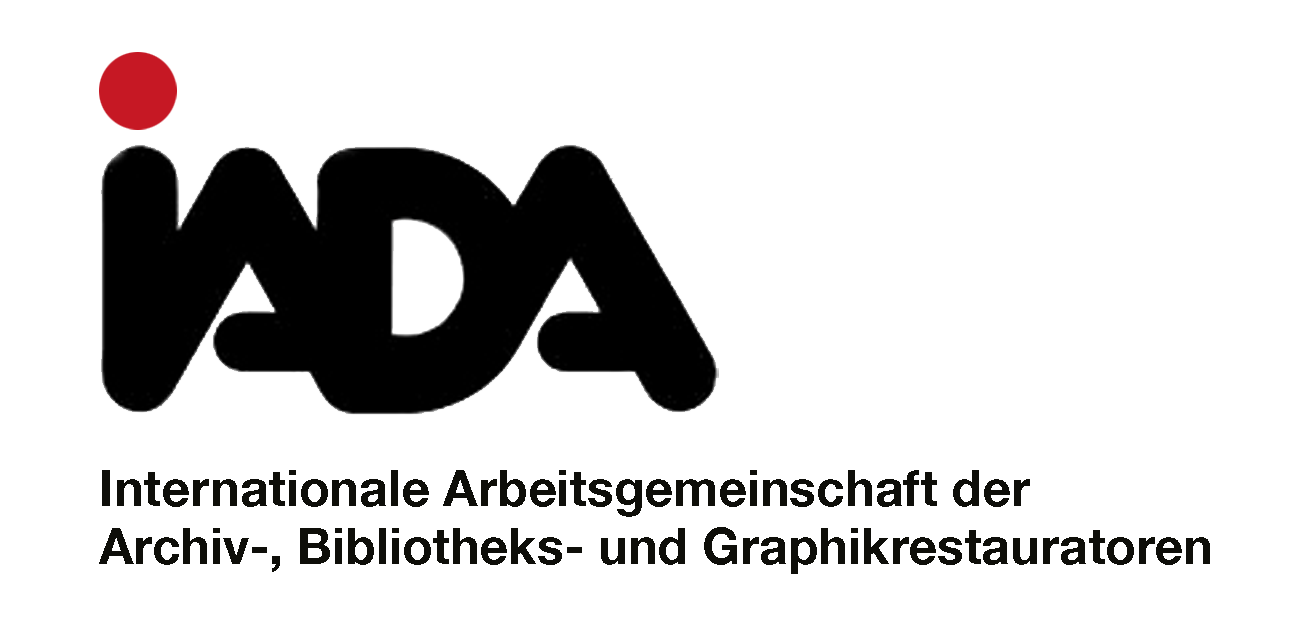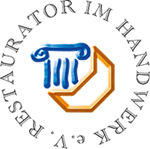Company history
From little Acorns do mighty Oaktrees grow
The story of the Schempp company is one of continual expansion, openness to innovation and an enthusiasm for the conservation of primarily paper objects, but ultimately the preservation of all culturally significant artefacts.
When Eugen Schempp started up his bookbinding business in 1959 (the “Buchbinderei Eugen Schempp”), he could never have imagined that the seeds he was sowing would grow to be a business with a global customer base. Beginning as a sole proprietor, Eugen began in Münchingen near Stuttgart. He specialised in bookbinding and book conservation and was enthusiastic enough in his work to infect his son, Norbert, with a love of old books. Norbert began an apprenticeship in the bookbinding business of his father and became a Master Bookbinder in 1987.
Onwards and Upwards
When Eugen passed the company over to Norbert in 1989, it was still a modest bookbinders and book restorers with customers throughout the Baden-Württemberg region. However, Norbert was open to new ideas and was quick to identify key areas which could help customers. Consequently, in March 1989, the company Buch- und Graphikrestaurierung Schempp was founded with just two employees and 130 m² of workshop space in Münchingen. Already, one year later, the premises had to be extended to accommodate a high-tech aqueous deacidification plant and one of the first endless leaf-casting machines worldwide.
Ever open to new ideas, Norbert established a new department to offer filming during restoration” and, a year later, was the first commercial restoration workshop in Germany to offer the service. The expansion of the company did not escape attention and, in 1993, the firm was the winner of 3rd prize in the competition “Successful business start-up – crafts”. The Münchingen premises became too cramped so the company acquired a building in Kornwestheim in 1994. Initially, 7 employees worked there on 380 m² of modern workshop.
Bookbinders had always protected particularly valuable items with individually made-to-measure slipcases or boxes: and in 1995 the company Schempp was able to play a leading role in the development of individual, machine-produced, age-resistant protective containers for archival and library materials, making it possible to purchase made-to-measure boxes for large numbers of items, quickly and economically.
Only five years after the start of filming, Schempp offered “digitisation during restoration” – as the first German commercial restoration workshop to do so (1997). When the chance presented itself to enter into a strategic, long-term cooperation with Battelle GmbH in Eschborn, which developed the “Papersave process” for book deacidification, it was readily accepted. In the same year, September 2000, the firm exhibited the SCHEMPPbox for the first time, at the German Archives Day: its own range of ageing-resistant protective packaging for cultural property.
There is Nothing Permanent except Change
In January 2002 the company radically changed its structure to adapt to its enormous expansion and the demands of the market. Norbert Schempp could see that there were opportunities to be had by reading the needs of his customers. They were requesting ever more complicated solutions to their own specific situations. Consequently, the design of the company structure took a new turn. The company became: “Schempp® Services for Conservation in Archives, Libraries and Collections” and four separate departments besides the Management were created:
- Book and Print Restoration
- Conservation and Damage Restoration
- Protective Packaging for Cultural Property
- Filming and Digitisation.
Later the same year the company moved to its present site in Kornwestheim, where it was able to take in, process and store over 1,000 running metres of materials.
Over the next five years, the location and services attracted the company Neschen AG to become a subtenant and set up the “Archive Centre Southwest” where mechanical single-sheet deacidification could be carried out on three deacidification machines, together with the associated preparatory and finishing work. In order to increase freeze-drying capacities to meet growing demand, a new freeze-drying machine and a freezing cell were purchased with a capacity of 80 to 100 running metres. A colour scanner was purchased for the Digitisation Department to supplement the greyscale scanner, enabling colour scans up to DIN A1 format. Both devices are equipped with a book cradle so that bound originals can also be gently digitised. After a longer start-up period, an extensive range of products for photo archiving was offered in the area of “protective packaging for cultural property”.
As you Sow so shall you Reap
Once again, the Schempp company was picked out for special commendation and, in September 2006, was awarded “Service Provider of the Year 2006” by the Ministry of Economics of the State of Baden-Württemberg. More innovation followed and a year later, at Exponatec Cologne, a new range of tube packaging made of ageing-resistant cardboard was presented to the public. The company’s rapid growth over many years necessitated the legal form of the company being changed from a sole proprietorship to a GmbH (or limited liability company) in January 2008.
Between 2008 and 2014 more changes took place when Italian manufacturer Oracle appointed the firm to be their representative for book cleaning machines Depulvera and Laura for Germany, Austria and Luxembourg. Investment was always important and included buying another cutting/creasing plotter to expand the production capacity of the Protective Packaging Department: another high-quality book scanner from Zeutschel was purchased for the Digitisation Department; the work space by an area of approx. 1,500 m² when a neighbouring hall at Solitudeallee 101 became available; and a third plotter was put into operation.
The company celebrated 25 years since its inauguration as Buch- und Graphikrestaurierung Schempp in November 2014. The company had developed over these years from a small “book and prints restoration company” with only two employees and 130 m² of commercial space to a powerful provider in almost all areas of conservation of archival and library materials with approx. 20 employees on more than 2,000 m².
Since 2014 the company has not ceased in its attempts to provide a “one-stop” provider of everything the modern archive, library or collection (whether public or private) requires while still remaining a family business. It has massively expanded drying capacities. In addition to freeze-drying, vacuum heat-drying can now also be carried out in-house for documents to be stored for a limited period of time. Vacant space in the commercial building was taken over, allowing the. Book and Prints Conservation Department to benefit It also gave the Digitisation Department better rooms than before allowing the purchase of a new high-tech book scanner, which now allows scan formats up to DIN A0. The Protective Packaging Department has been equipped with 2 new modern cutting-creasing plotters, for the production of individual cardboard boxes. In the current year (2023) the premises have once again been expanded by approx. 225 sqm.
Today more than 30 permanent employees carry out individual and bulk restoration and conservation on almost 3000 sqm. Customers from all over the world rely on Schempp quality. Archives and libraries the world over now purchase acid-free storage SCHEMPPboxes or send items for restoration to the Schempp workshop. The Digitisation Department has successfully scanned and catalogued literally hundreds of thousands of items.
